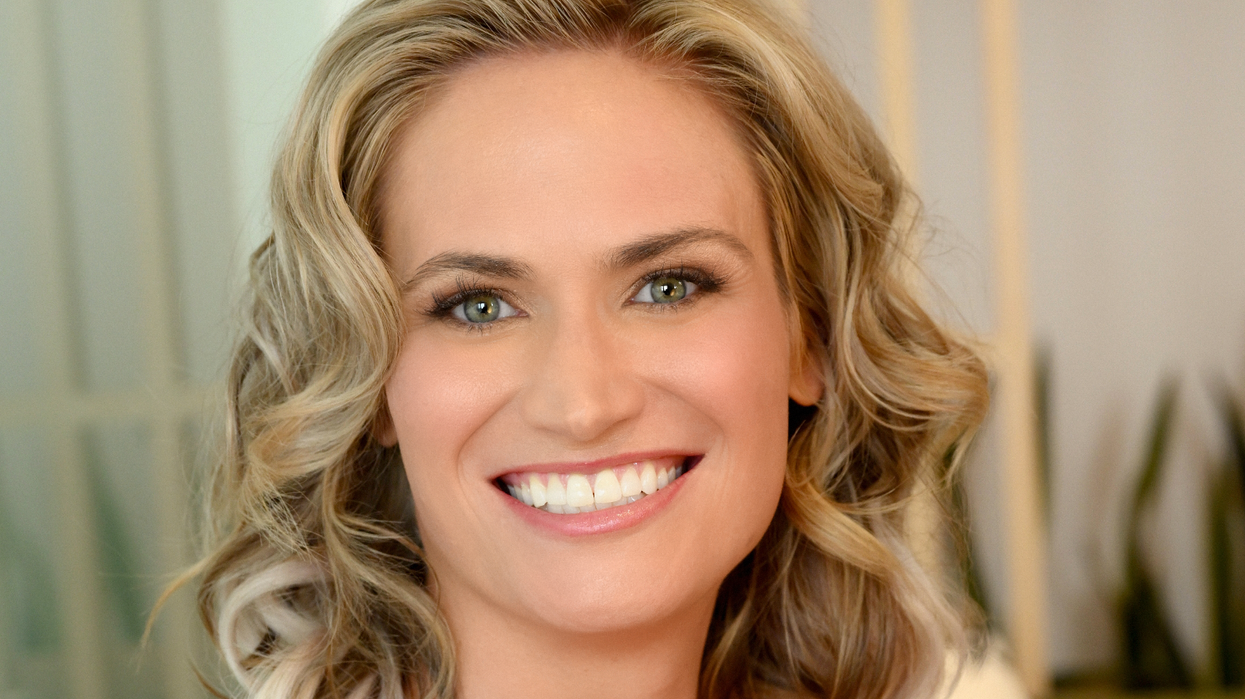The exhibit is exciting, yet understated, in the best sense of the word, as Lennon originally drew and painted with no goal in mind other than to return to and enjoy the unselfconscious creativity we experience in childhood and typically abandon as we grow older and more “responsible.”
OTW Gallery Principal, Mimi Sperber-Wasserberg, who was instrumental in the curation of Give Peace a Chance, believes that for Lennon, creating art a way of reconciling a traumatic childhood with the love he found with his second wife and creative partner, Yoko Ono. “I think Yoko sparked something that allowed him to bloom again,” says Sperber-Wasserberg. “His artwork helped him heal.”

'The City in My Heart'

'A Bird Bath'

'Family of Peace'

'A Cat Napping'

'Power to the People'
Lennon’s trials and tribulations as a self-described “working-class hero,” who penned and sang his cri de coeur anthem “Help” at the height of his fame with The Beatles, are documented in songs that ranged from strange (“Strawberry Fields Forever”) to scorching (“I Want You [She’s So Heavy]”).
But he is also beloved for his post-Beatles repertoire, which includes such radio staples as “Instant Karma,” “Imagine,” and “Starting Over,” a paean to reconciliation with Ono and recorded in the last year of his life. (At age 40, Lennon was shot and fatally wounded by a deeply disturbed fan in the archway of The Dakota, where he and Ono had lived since 1973.)
In the wake of The Beatles breakup, and in his final years as a devoted husband and father, Lennon’s visual art garnered more attention, as it provided a subtle, ongoing commentary on living a relatively normal life in extraordinary circumstances. “He was not afraid to show the world what mattered most to him, which was people communicating,” says Sperber-Wasserberg of the subject matter Lennon explored in both his music and in his art.
Many of the drawings in Give Peace a Chance were created by John alongside his young son Sean. Lennon’s gift for wordplay and wry sense of humor is evident in the titles of this series: “An Elephant Counting” shows a pink elephant, big ears, trunk and all, at rest in a human’s bed, with an arc of sheep floating above its head. In “A Bird Bath,” a small, blue bird is perched atop an apple tree, enjoying a rainstorm as puddles form across the purple-colored landscape.
There are also Lennon’s drawings of himself and Yoko, realized in fluid, interwoven lines that suggest the spiritual connection they shared as soulmates. “Dream Power” is an homage to the cover of Ono’s 1970 debut solo album, Yoko Ono/Plastic Ono Band, although, in this version, she and Lennon are nude, just like planet Earth’s first creative power couple, Adam and Eve.
The title of the show comes from the 1969 Lennon song of the same name, where nonsensical rhyming in the verses (“Everybody’s talking about / bagism, shagism, dragism / this-ism, that-ism . . .” ) give way to the powerful refrain: “All we are saying / Is give peace a chance.” (A serigraph of Lennon’s handwritten lyrics is included in the exhibit.) Considering that the political unrest of our times feels so similar to that of the sixties and seventies, the message is both timely and timeless. “Lennon’s mindset wasn’t just 60 years ago. It’s applicable today,” says Sperber-Wasserberg firmly before adding with a laugh: “But I’m supposed to focus on the art!”
Give Peace a Chance: The Art of John Lennon is on view at Off the Wall Gallery from Aug. 20 to Sept. 7, 2024.
From Your Site Articles
Related Articles Around the Web

























